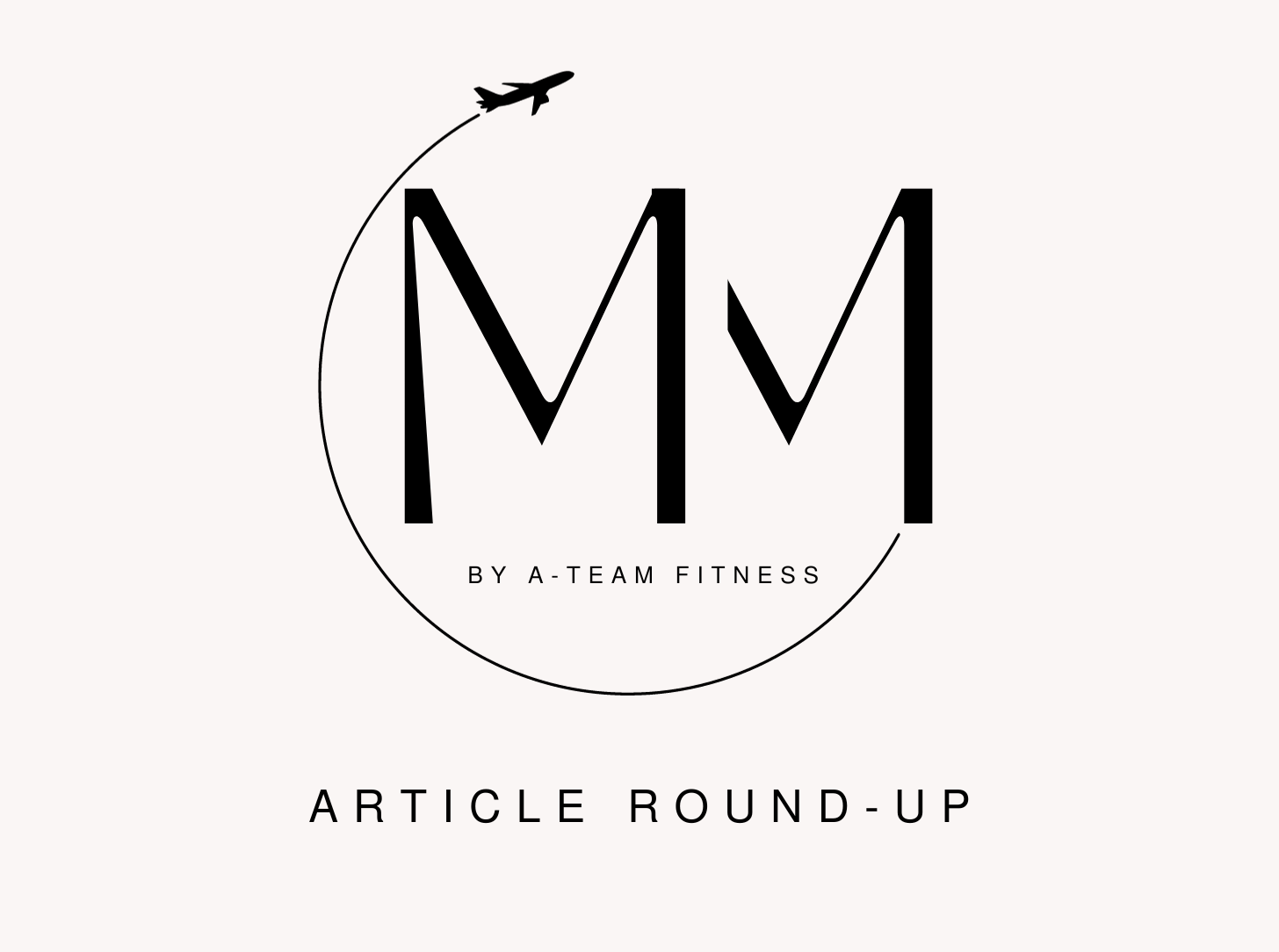Enjoy this weeks curated round-up of articles, podcasts, and more from the web to help you live a healthier, happier life.
Published This Week:
Two Types of Dieters
Takeaway: Identifying and leveraging strategies that align with your current dieting style can lead to greater success.
Embrace Identity Shifts For Fitness Success [video]
Takeaway: In this interview, Coach Matthew Headden and I discuss the role of identity in fitness. The role of identity in long-term success, and what it means to look “beyond the gym.”
“All fitness coaching is life coaching.”
“People don’t see the world through their eyes, they see it through their entire life.”
Disappear And Come Back Unrecognizable
Takeaway: This article outlines twelve steps you need to follow in order to change your life. It covers everything from your mission, to the right education, and even how to find and apply leverage to gain higher success.
If you’ve been pondering some big changes, check out this article for extra clarity.
Reader Question:
How can I choose good protein foods to stick within my goals?
I make two distinctions: 1) good protein sources and 2) foods that have protein in them.
They may sound the same, but they are not.
Good protein sources—chicken breast, whey protein powder, etc—are great staples in your diet. You can get a very high amount of protein without risking too many calories.
Foods with protein—peanut butter, eggs, etc—are not good staples. They should be used a supplemental additions to your diet that contribute to your protein goal. These foods are not what you rely on to get the majority of your protein.
How do you tell the difference between the two?
First, you need to know that protein as 4 calories per gram.
When you read the nutrition label, whatever is listed under protein in grams, multiply by four. this is the number of calories (per serving) coming from protein.
Foods that are 60% or higher protein = good protein source.
Anything less than 60% should be categorized as a food with protein.
Let’s look at peanut butter:
A 2 tbsp serving contains 7g of protein and 200 calories.
7 x 4 = 28 calories.
28/200 = 0.14 (only 14% calories from protein)
Peanut butter is not a good source of protein.
Now let’s consider a typical protein bar:
One bar contains 20g of protein and 200 calories.
20 x 4 = 80cal
80/200 = 0.4 (40% calories from protein)
This is better, but still not quite what we should consider a “protein staple.”
Let’s look at chicken breast:
4oz of raw chicken breast contains 25g protein and 120 calories.
25 x 4 = 100cal
100/120 = 0.83 (83% calories from protein)
This is why chicken breast is a good protein source.
Apply this quick math to understand what is a good protein source and what should be consumed sparingly.
The formula:
(g) protein x 4 = calories from protein
Protein calories/total calories per serving = % calories from protein
Goal = 60% or above to be considered a good source of protein.
P.S. Don’t forget to grab your free Food Freedom Guide to begin learning what matters for your nutrition and when, so that you can eliminate food guilt and start enjoying your favorite foods again. Download your copy below:





